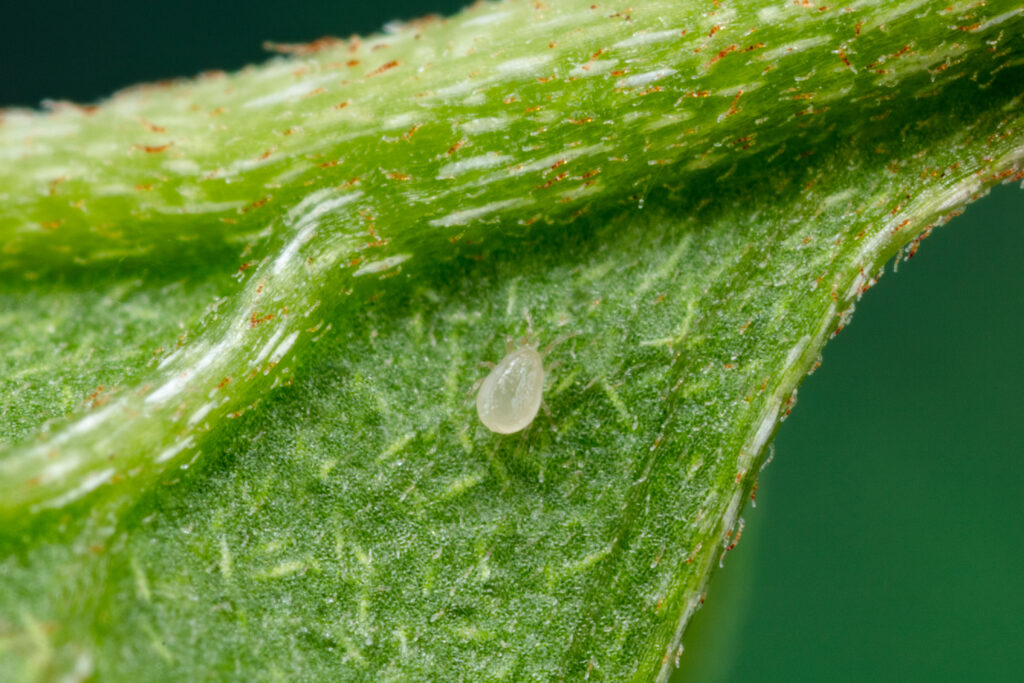
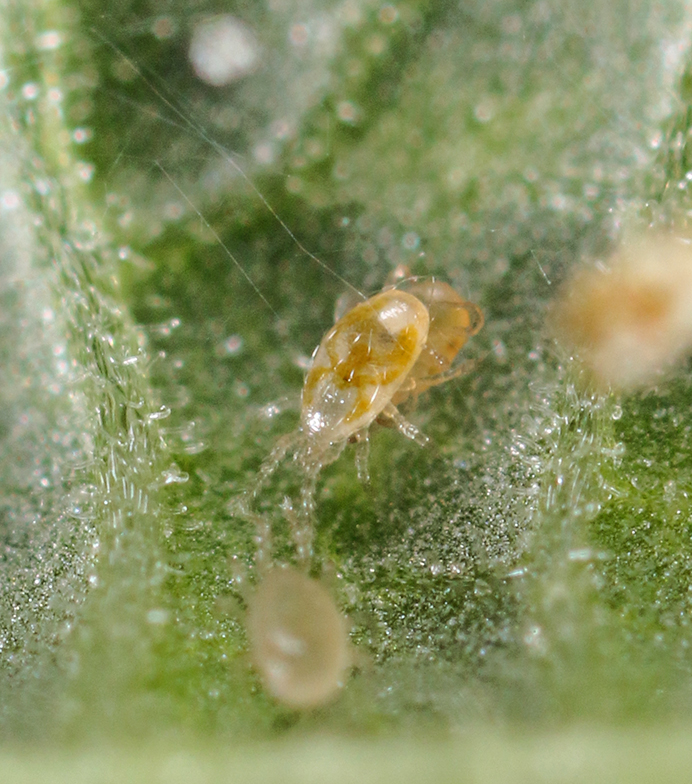
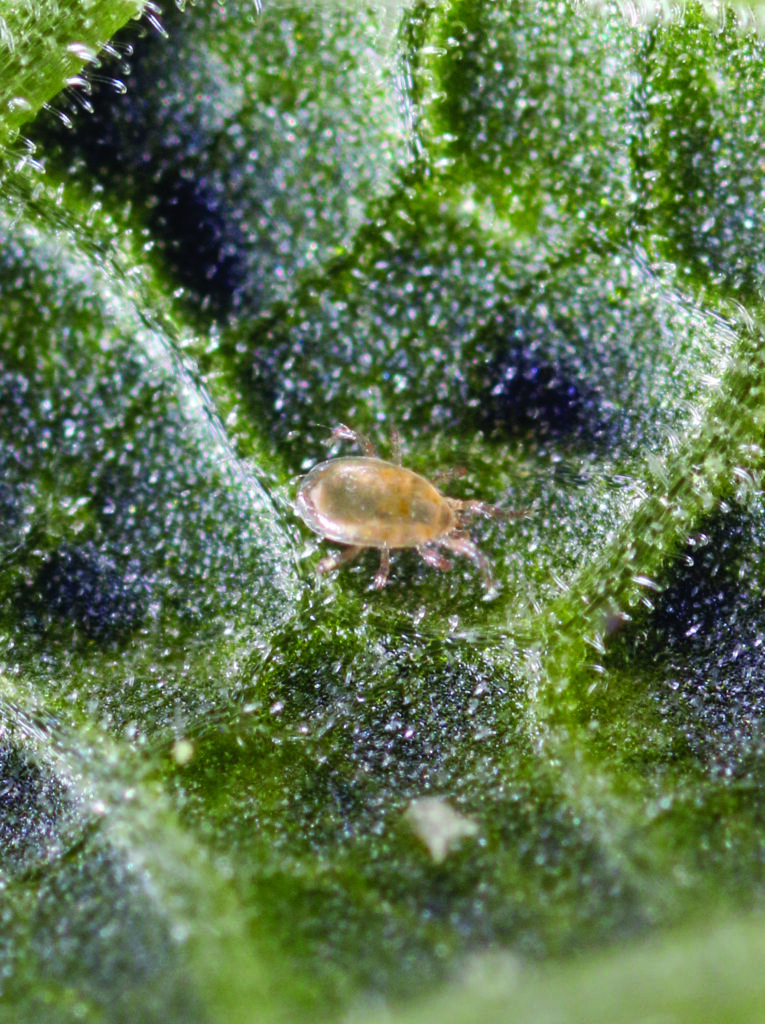
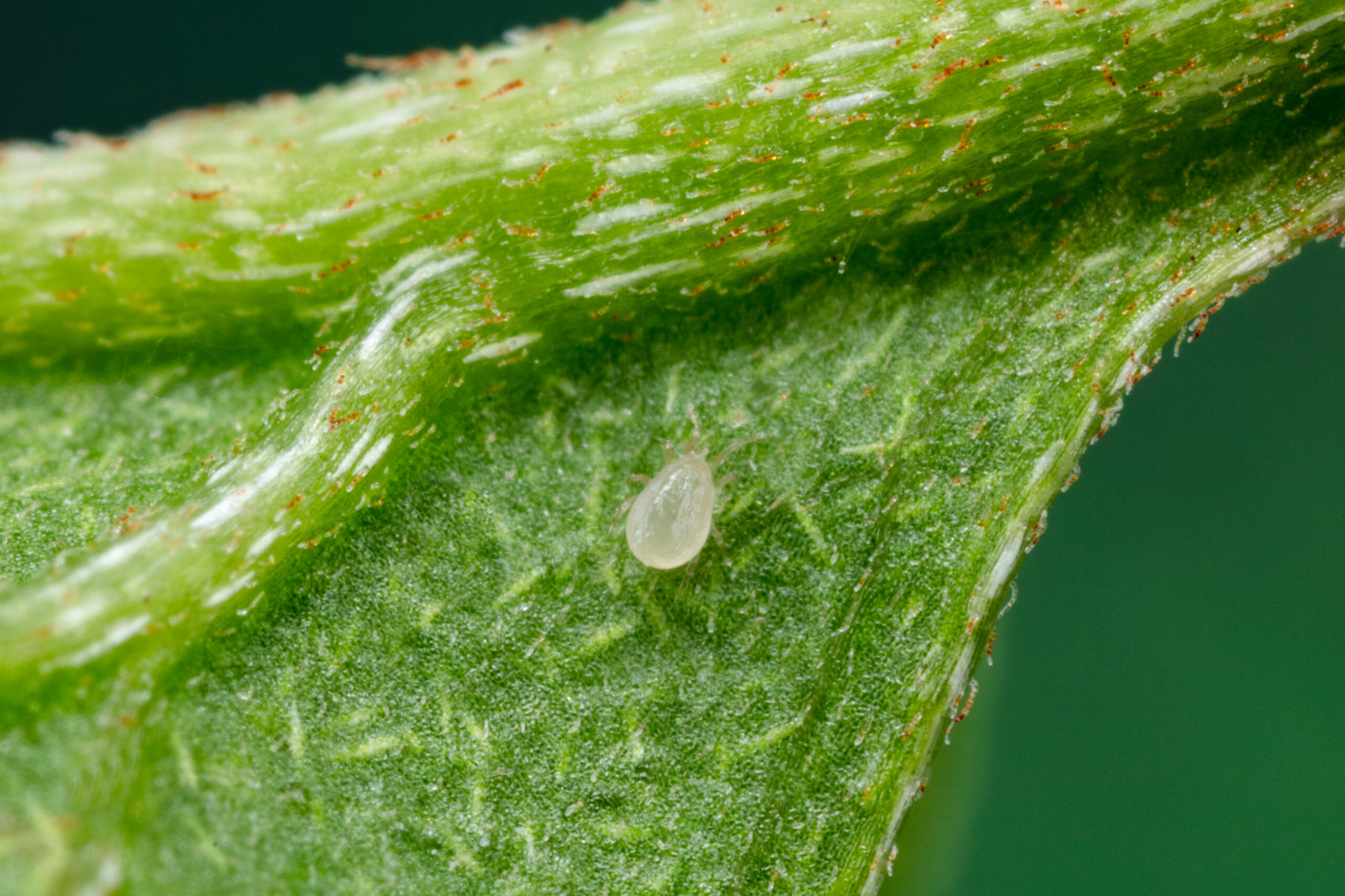

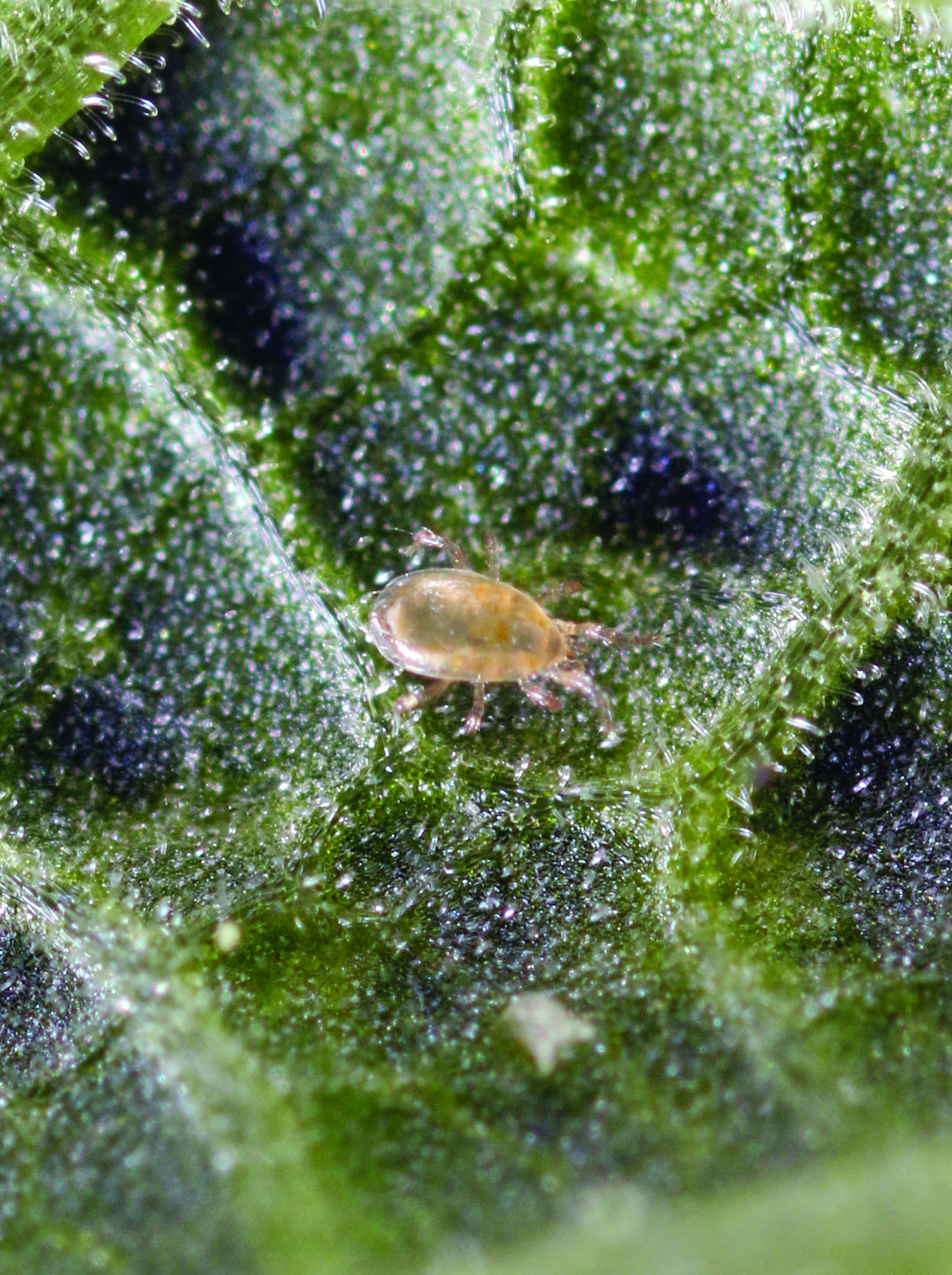
Neoseiulus fallacis
| Description | Format | QTY | Price/each |
| 500 adults | 110 ml bottle | Qty | US$ 28.00 |
| 1,000 adults | 150 ml bottle | Qty | US$ 35.00 |
| 5,000 adults | Bag | Qty | US$ 127.00 |
| 10,000 adults | Bag | Qty | US$ 239.00 |
| 100,000 adults | Bag | Qty | US$ 1,778.00 |
| Add products to the cart | |||
Attention
Product description


Targeted crops
- Vegetable crops:
- Cucumbers
- Tomatoes
- Peppers, etc
- Small fruits :
- Strawberries
- Raspberries
- Blueberries
- Blackberries, etc.
- Fruit trees :
- Orchards
- Ornemental crops
- Hop
- Soy
- Cannabis

Targeted pests
- Two-spotted spider mite (Tetranychus urtica)
- Spruce spider mite (Oligonychus ununguis)
- European red mite (Panonychus ulmi)
- McDaniel spider mite (Tetranychus mcdanieli)
- Broad mite (Polyphagotarsonemus latus)
- Tomato Russet Mite (Aculops lycopersici)

Application Instructions
Neoseiulus fallacis is very effective in greenhouse environments because of its ability to with stand temperature fluctuations. This predator can also be used in other types of crops where pest mites are present (strawberries, raspberries, orchards, soy, hops etc.). Used preventively, it can maintain its presence during the crop cycle. It is recommended to introduce these predatory mites as a preventative measure or at the first signs of pests.
In fields, the first introduction should be made after the last spring frost. Further introductions should be done at the end of the day when the weather conditions are favorable. Try to avoid applications during heavy rainfall, extreme heat, or high winds.
Neoseiulus fallacis should be applied as soon as possible. If needed, packages can be kept at 10-15°C, out of direct sunlight, for 1-2 days. Storage for longer periods of time will likely reduce the predator’s quality and egg production.

Storage Instructions
Neoseiulus fallacis should be applied as soon as possible. If needed, packages can be kept at 10-15°C, out of direct sunlight, for 1-2 days. Storage for longer periods of time will likely reduce the predator’s quality and egg production. Outdoors adult females enter diapause when the days become shorter (less than 14 hours of light). They will not enter diapause indoors or in greenhouses, as long as temperatures remain above 18°C.
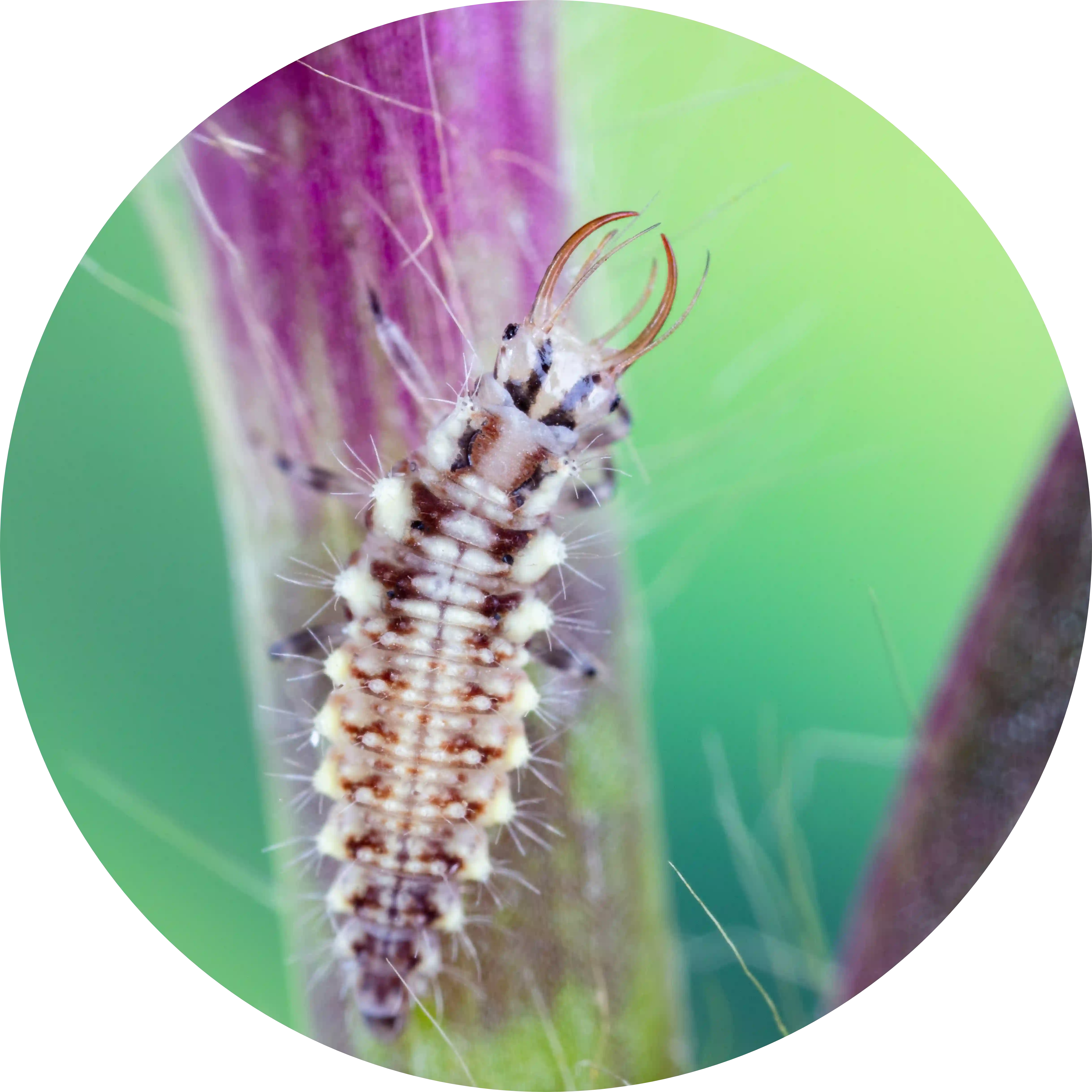



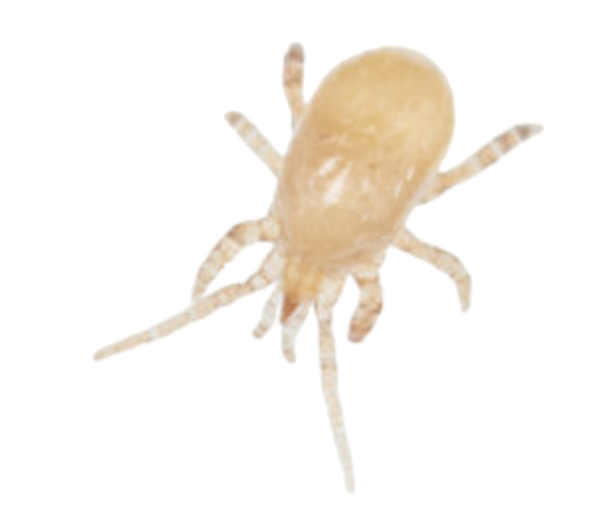

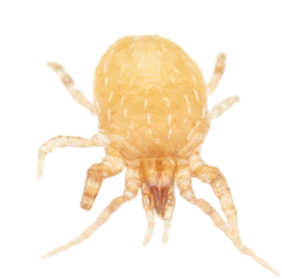
Description
Neoseiulus fallacis is a beneficial predator native to North America, whose appetite for pest mites makes them the perfect superhero for gardeners looking to protect ornamental crops and vegetable gardens. Easily recognized by its pear shape, these tiny 0.5 mm predators come in various life stages- from creamy orange-beige adults down to semi transparent eggs measuring an astonishingly small 0.3mm. Embrace their powers of protection today, ensuring your precious plants don’t become tomorrow’s feast!